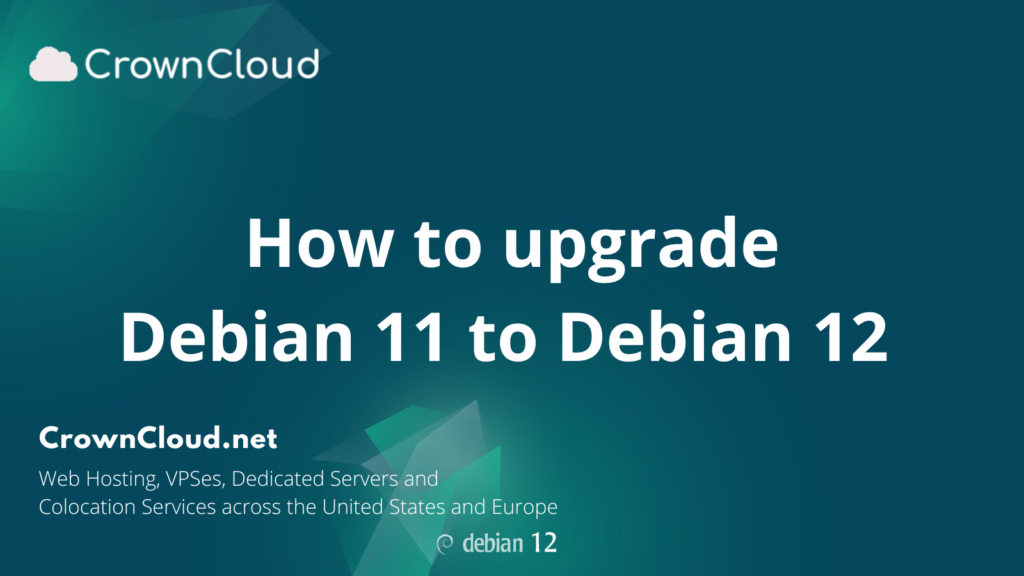Hey There!
We have some exciting news to share with you!
The Ubuntu 23.04 ISO is now available as operating system choices on our KVM-based plans in our control panel.
Ubuntu 23.04 comes with the latest software packages, including updates to the Linux kernel and other core components. This ensures you have access to the newest features and improvements in the open-source ecosystem.
Ubuntu 23.04 focuses on performance improvements, optimizing resource management and enhancing overall system responsiveness. This results in … Read More


